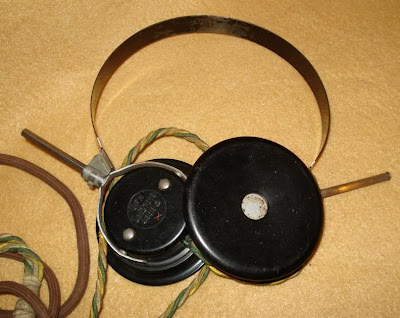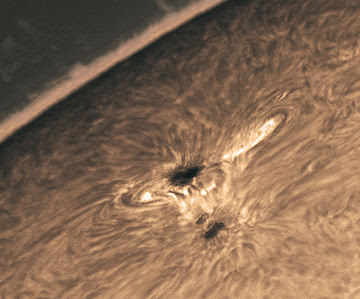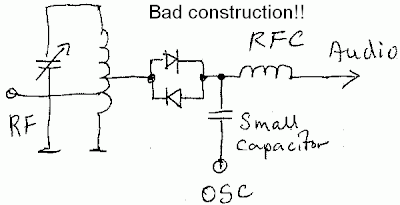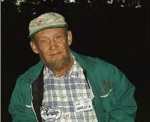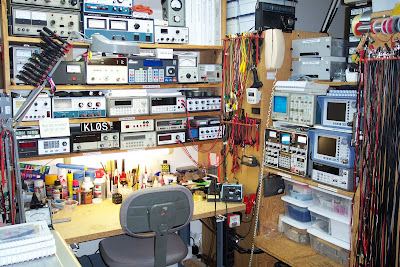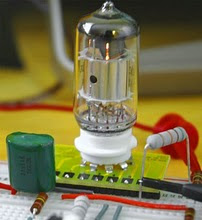 This morning the mailing lists alerted me to a video of a recent talk by George Dobbs, G3RJV, of the G-QRP club. As I sat here in Rome and tinkered with my QRPp QRSS beacon, I went to the site, plugged in my earphones and was presented with a really wonderful, inspirational program. George has a truly unique way of combining the technical and the spiritual. (A while back he declared that my London shack had an element of "Wabi-Sabi" too it -- my wife heard this, did some research on Wabi Sabi, and found it very helpful in her garden design work.) In this talk, George reviews QRP construction techniques -- I learned about additional uses for garden slug tape, and heard for the first time of the new "Limmerick" PC board technique. George talks about the history and the evolution of some of the most well known QRP rigs (I builtone of those Sudden receivers!). And he talks about books for the QRPer (like me, he has a special fondness for SSDRA). Most important, I think, are George's comments about the spiritual, philosphical aspects of what we do, about why this hobby makes us happy.
This morning the mailing lists alerted me to a video of a recent talk by George Dobbs, G3RJV, of the G-QRP club. As I sat here in Rome and tinkered with my QRPp QRSS beacon, I went to the site, plugged in my earphones and was presented with a really wonderful, inspirational program. George has a truly unique way of combining the technical and the spiritual. (A while back he declared that my London shack had an element of "Wabi-Sabi" too it -- my wife heard this, did some research on Wabi Sabi, and found it very helpful in her garden design work.) In this talk, George reviews QRP construction techniques -- I learned about additional uses for garden slug tape, and heard for the first time of the new "Limmerick" PC board technique. George talks about the history and the evolution of some of the most well known QRP rigs (I builtone of those Sudden receivers!). And he talks about books for the QRPer (like me, he has a special fondness for SSDRA). Most important, I think, are George's comments about the spiritual, philosphical aspects of what we do, about why this hobby makes us happy.So... run, don't walk to the British Amateur Television Site. Have a cup of coffee (or tea!) at hand. Have some rig to tinker with while you listen. You'll like it. How to get there:
Video of G3RJV QRP Talk
The talk given by Rev. George Dobbs, G3RJV, at the Lough Erne ARC Rally titled 'QRP Why and How' can now be watched on the BATC video site
To watch the video follow these steps:
Go to http://www.batc.tv/
Click on the 'Film Archive' icon at the top-left
Select G3RJV QRP Lecture from the drop-down list
Click on the > icon to start the player and click on the icon to the left of the volume control to display the picture full screen.
There is a link just under the player to save the video to your computer.
Videos such as this are examples of the wide variety of services offered by BATC to the amateur radio community. These include an excellent magazine. New members are very welcome.
Cyber membership, magazine by email, costs as little as £4.00 on-line. Membership gives individuals and clubs access to the BATC streamer allowing live webcasts from your shack or from a radio club display, talk or meeting.
British Amateur Television Club (BATC)
http://www.batc. org.uk/























